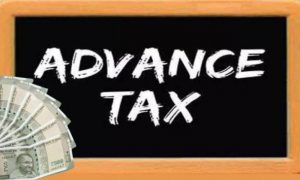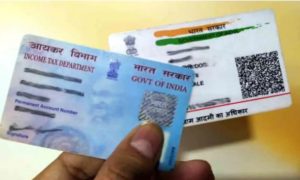The Income Tax department is scrutinizing the discrepancies between employer-calculated and employee-claimed tax data, intensifying its scrutiny to ensure accuracy. Through meticulous line-by-line examination, the department is reconciling discrepancies in tax deducted at source (TDS) by companies and the declarations made by employees in their annual income tax returns.
This assessment, which involves a line by line check, covers various categories, including house rent allowance, medical insurance, home loan expenditures, and tax-saving investments under section 80C, according to an ET report.
Read More: Tax Season Is Here: Check Effective Ways To Save Money On Your Hard-Earned Income
In recent developments, multiple companies in major cities like Mumbai and Delhi have received notices under Section 133C, introduced in 2014-15, allowing authorities to request information to verify details. According to sources quoted by the financial daily,, these companies are directed to either validate the information provided or furnish corrected statements.
The department’s objective is to identify instances where tax has escaped, either due to companies deducting less TDS than required or employees seeking refunds through additional investment declarations not earlier disclosed but included in their final income tax returns.
Rahul Garg, Managing Partner, Asire Consulting, which advises on tax and regulatory matters notes that the government introduced section 133C in 2014-15, but it was rarely used till now. Garg is of the view that the tax department has effectively employed technology to scrutinize the accuracy of both deductors’ withholding tax returns and taxpayers’ income tax returns. Recognizing the impracticality of manually reviewing the tax records of a large number of taxpayers, the department has opted for a system-driven verification process to identify any discrepancies, he says.
In the recent notices, an attachment includes a list of employees. Garg emphasizes the importance of a discerning approach in selecting cases for scrutiny, emphasizing the potential for improved withholding tax compliance at the employer level, accurate taxpayer claims, augmented tax collection, and a broader tax base through fair selections between the old and new tax regimes for individuals.
Employers are responsible for accurately computing and reporting TDS every quarter, as mandated by law. However, the traditional focus of companies has not included close scrutiny of employee declarations. Instances arise where employees fail to timely submit actual documents, and the validation done by service providers, often software companies handling payroll tasks, may be insufficient.
Read More: Government makes crucial changes in income tax return forms
Rajesh P Shah, a partner at CA firm Jayantilal Thakkar and Company, emphasizes the effectiveness of these notices in pinpointing erroneous claims. He advises prompt compliance upon receipt, highlighting the penalty for non-response. Parties dealing with extensive data requests can seek an adjournment, but the matter should not be taken lightly, he says.
Interestingly, if employees make false claims, and companies endorse them, discrepancies might not be evident in the tax office system immediately. However, any difference between the information sets would swiftly catch attention. In cases picked up by the tax office, scrutiny often extends across all employee records.



































